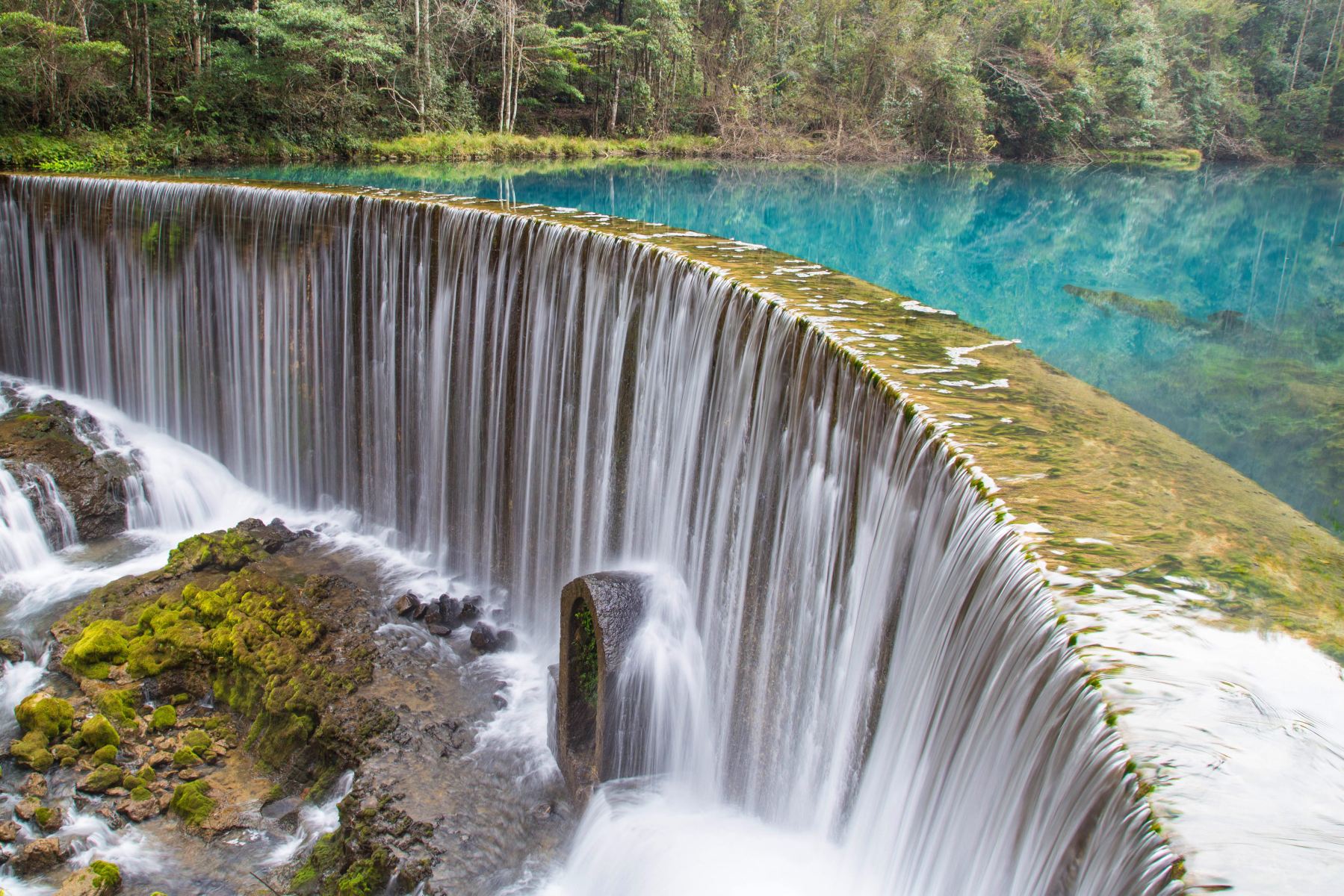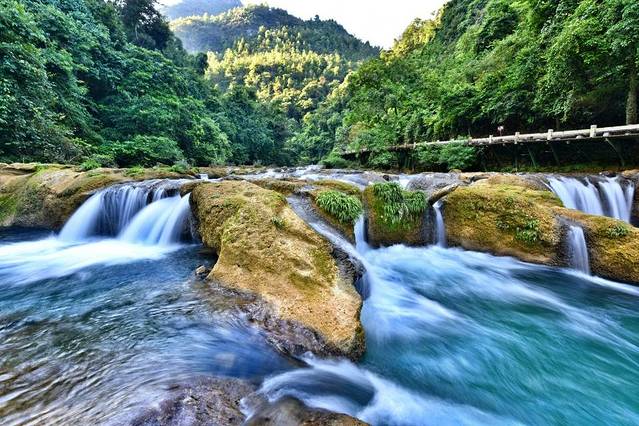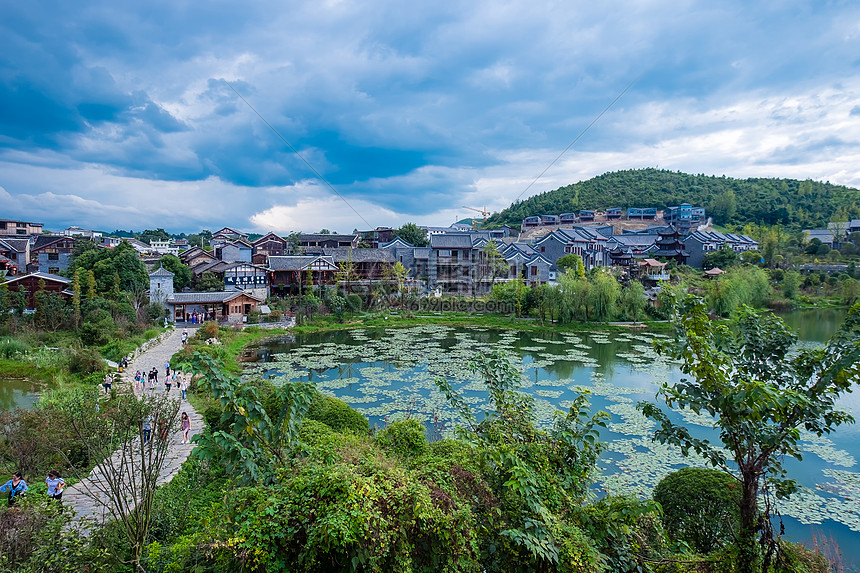



Libo Xiaoqikong Scenic Area
Located in the southwestern part of Libo County, Guizhou Province, China, the Libo Xiaoqikong Scenic Area is renowned for its picturesque landscapes. The area is named after the "Xiaoqikong Bridge," a seven-arched stone bridge built in 1836 during the Qing Dynasty. Spanning a narrow valley approximately 12 kilometers long and 1.5 kilometers wide, the scenic area seamlessly integrates various natural elements such as forests, rivers, waterfalls, caves, and lakes. Notable attractions within the park include the Xiaoqikong Bridge, Water Forest, 68-Level Waterfall, and the Emerald Lake. Its rich biodiversity and enchanting scenery have earned it the nickname "Superb Bonsai
Information
Ticket price
Time
Location
Libo County, Qiannan Buyi and Miao Autonomous Prefecture, Guizhou, China
View maps
More about the trip
Libo Xiaoqikong Scenic Area: Guizhou's Emerald Gem
Located in the southwestern part of Libo County, Guizhou Province, China, the Libo Xiaoqikong Scenic Area is renowned for its picturesque landscapes. It is a UNESCO World Heritage Site, part of the Southern China Karst, and is often described as a "superb bonsai" due to its exquisite natural beauty. The area is named after the "Xiaoqikong Bridge," a seven-arched stone bridge built in 1836 during the Qing Dynasty. Spanning a narrow valley approximately 12 kilometers long and 1.5 kilometers wide, the scenic area seamlessly integrates various natural elements such as forests, rivers, waterfalls, caves, and lakes.
What to See and Do
Xiaoqikong Bridge (小七孔桥): The iconic seven-arched stone bridge that gives the area its name. It's a beautiful spot for photos and marks the entrance to the scenic area.
Water Forest (水上森林): A unique ecosystem where trees grow directly out of the water, creating a magical and serene environment. You can walk on stepping stones or wooden paths through this area.
68-Level Waterfall (68级跌水瀑布): A series of cascading waterfalls that flow down a terraced rock formation, creating a stunning visual and auditory experience.
Emerald Lake (翠湖): A tranquil lake with crystal-clear turquoise waters, surrounded by lush greenery. You can take a boat ride on the lake for a peaceful experience.
Laya Waterfall (拉雅瀑布): A beautiful waterfall that plunges into a clear pool, offering a refreshing sight.
Wolong Pond (卧龙潭): A deep, emerald-green pond formed by a waterfall, known for its stunning color and peaceful surroundings.
Best Time to Visit
Summer (June-August) is popular for its lush greenery and refreshing water, but it can be crowded. Spring (April-May) and autumn (September-October) offer pleasant weather and fewer crowds. The water levels are generally good during these seasons.
How to Get There
Libo County is accessible by bus from Guiyang or other major cities in Guizhou. From Libo County town, you can take a local bus or taxi to the Xiaoqikong Scenic Area. Many tour operators offer organized tours that include Xiaoqikong.
Travel Tips
Wear comfortable shoes: You'll be doing a lot of walking on paths and steps.
Bring swimwear: Some areas allow for swimming in the clear waters.
Sun protection: Bring a hat, sunglasses, and sunscreen, especially during summer.
Allow ample time: To fully explore the scenic area, plan for a full day.








